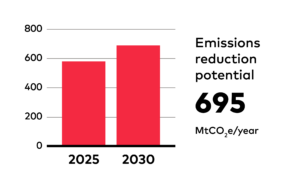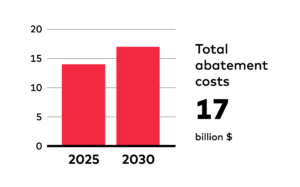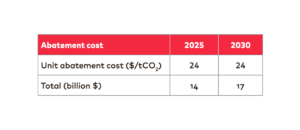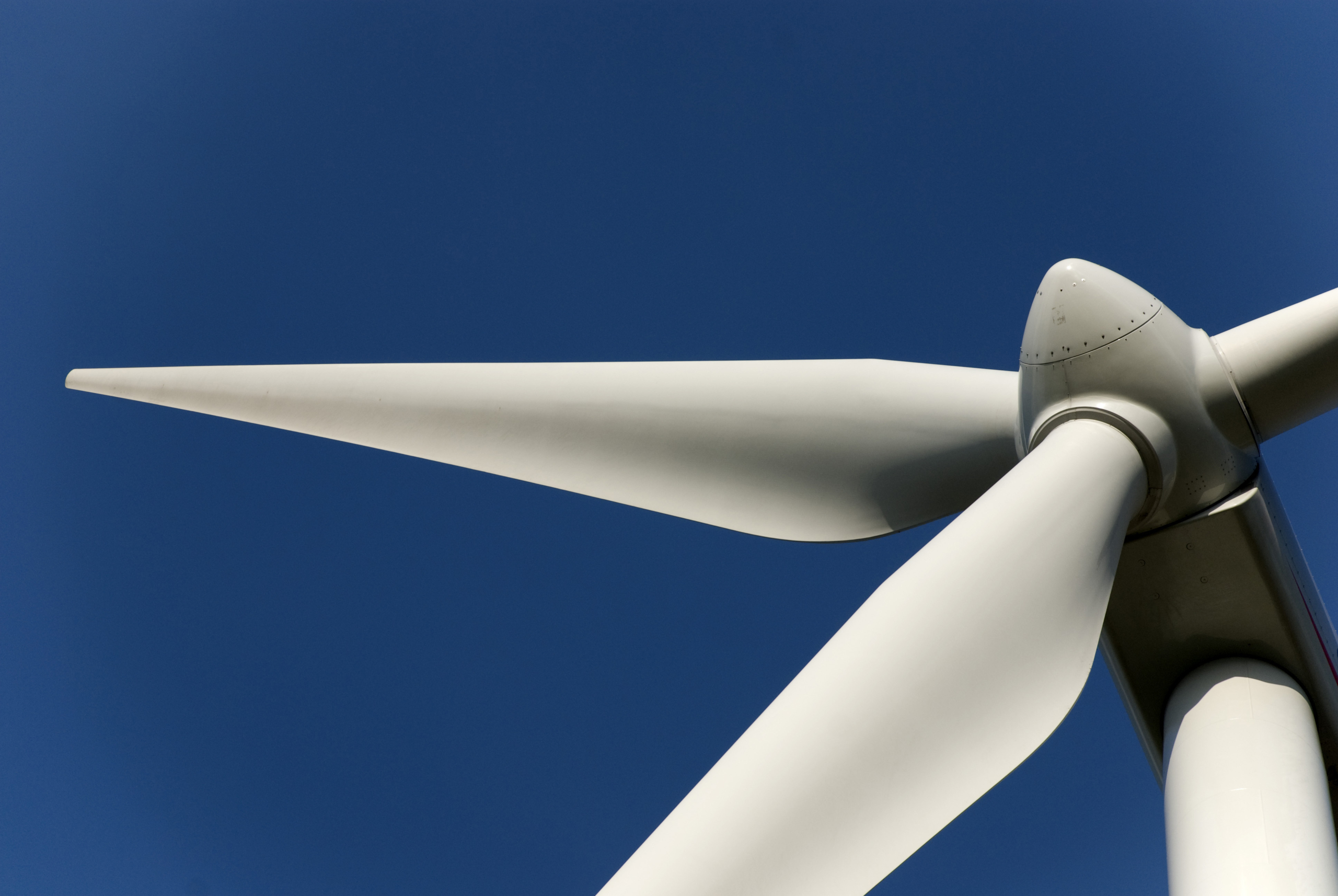Climate impact
In 2014, Sweden produced 11 TWh and Denmark 9.3 TWh of power with onshore wind. This covers 8% and 25% of the domestic electricity demand, respectively. Sweden has built 2% and Denmark 11% of their estimated technical onshore wind potential.
If other countries were to reach the same share of their technical onshore potential as Sweden and Denmark have on an average, they would produce 2,400 TWh more wind power in 2030 – assuming that the share of onshore wind in each country was capped at 40% of power production. This would cut global emissions by 695 Mt in 2030.

Success factors
Denmark has been an early mover and invested in wind power already in the 1980s. The country has currently the world’s highest share of wind power at over 40% of total generation, 60% of which is onshore.
Denmark has used a range of policies to promote wind power, including feed-in tariffs and renewable energy auctions. The country has set ambitious targets for low-carbon electricity, thus giving a clear signal to investors. Denmark aims to derive half of its electricity from wind by 2020. By 2035, all power and heat should come from renewable sources.
Sweden has had a consistently high growth rate in wind power over the past decade, with growth rates above 30% in most years. Wind turbines have largely been built with the support of green certificates, which require power companies to produce a growing share of electricity with renewable sources. Certificates can be traded on the market, creating a financial incentive to invest in wind power.
“Denmark shows that even a densely populated country can build large amounts of wind power.”
Costs
The abatement cost is estimated at 24 $/tCO2. The cost is actually somewhat lower in 2025 than in 2030, since wind will later reach a higher penetration, increasing the integration costs.
The abatement cost reflects the price of replacing high-carbon electricity with wind power. As such it is sensitive not only to the costs of wind power, but also of the alternatives, such as coal. A relatively small hike in coal prices or drop in wind project costs can significantly cut the costs of scaling up.


Co-benefits
Wind power provides multiple co-benefits, including
- cutting harmful air pollution
- reducing reliance on fuel imports
- improving trade balance
- creating local jobs
Barriers and drivers
Wind power requires sufficient wind speeds. Most countries have at least some areas with good enough wind resources. Wind turbines can also be optimized to use slower winds.
Building wind power requires land area that is not limited by other uses, such as housing or nature protection. The case of Denmark shows that it is possible to find suitable areas even in a small, densely populated country. Since 2009, the Danish Renewable Energy Act has required that local people own at least 20% of new wind projects, increasing local acceptance.
Wind parks need to be connected to the power grid. Transmission investments need to be ramped up to accommodate wind power expansion.
Wind is a variable power source and needs to be balanced with other sources when there is little wind. This is especially important in small and isolated power markets. In Sweden and Denmark this is largely done through the Nordic electricity market with different power plants (most notably hydro power) adjusting production to meet the demand at all times. Locating wind parks in different regions also balances production as wind speeds are likely to vary over larger geographical areas.
Wind mills can harm wildlife, such as birds and bats. That is why wind parks should not be located in wildlife hotspots – on the routes of migratory birds, for example.
















RELATED SOLUTIONS